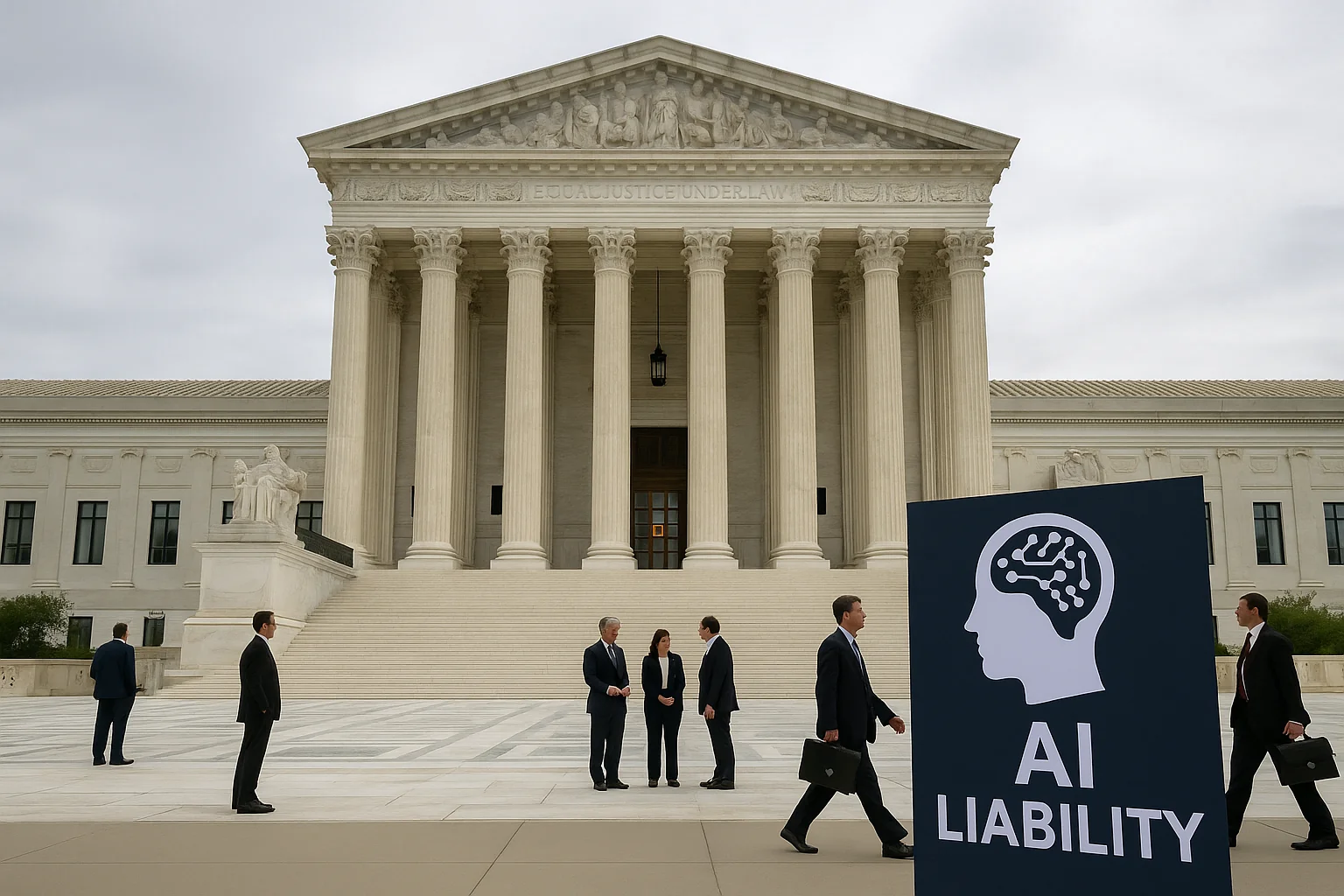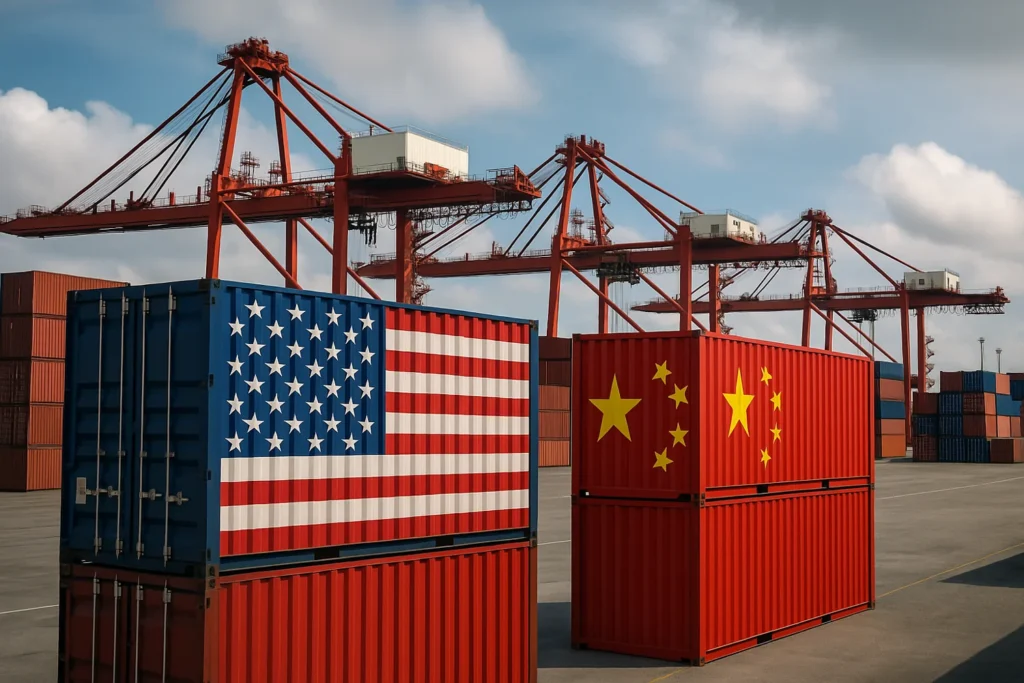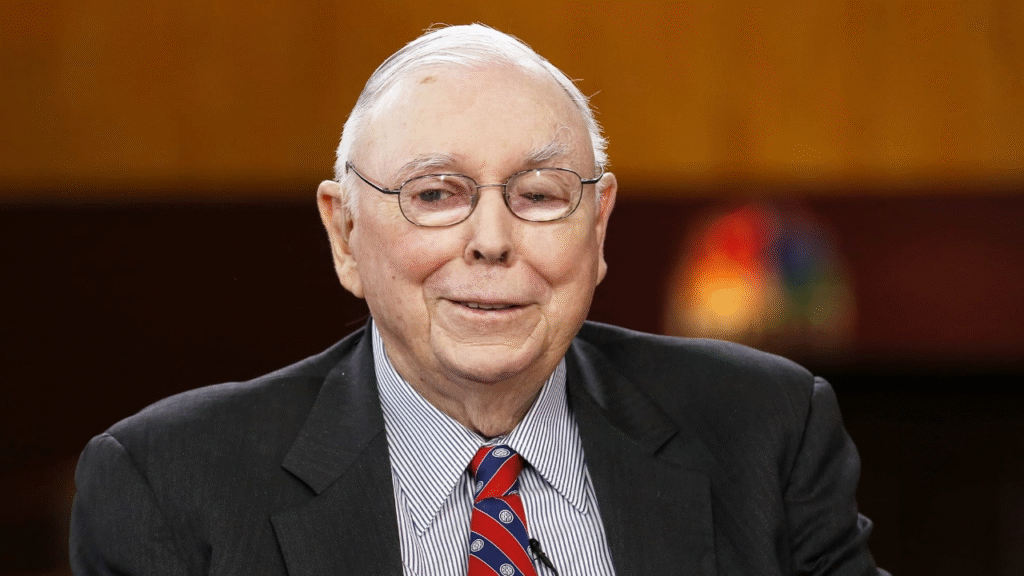Introduction
The Supreme Court AI liability decision marks a decisive legal break with the era of technological exceptionalism. By holding AI companies answerable for harmful outputs, the Court has turned a regulatory corner. I believe this ruling will force a fundamental reordering of incentives inside Silicon Valley and beyond. It ends the comforting fiction that “algorithms did it” and insists that humans — designers, executives, and boards — must answer for the systems they deploy.
Context: How we let the black box run wild
For a decade, corporations and policymakers treated machine decisions as if they were natural phenomena — weather, not policy. When an automated resume screener excluded qualified candidates, or an AI medical tool flagged the wrong diagnosis, responsibility evaporated into vague statements about “model limitations.” Regulators tinkered; academics warned. Lobbyists successfully argued that liability would freeze innovation. The mainstream narrative framed any legal push as a technological straitjacket.
That narrative collapsed in the Court’s majority opinion in Johnson v. Periodic Labs. The justices rejected the idea that complexity alone absolves responsibility. Instead, the ruling treats AI systems like any other instrument: if foreseeable harms flow from negligent design, training, or lack of oversight, a responsible party can be liable. This is not a tweak to tort doctrine. It is a reassertion of an old legal principle in a new technical register: humans must account for human choices.
Oppositional Argument: Why this ruling matters beyond headlines
Seen from the business pages, the decision is a compliance headache. But the deeper consequence is cultural: it punctures the myth that scale and novelty justify withholding transparency. For years, AI companies framed decisions as inevitable byproducts of progress. The Court has called that bluff. I argue that this is the first time the judiciary has named corporate evasiveness as a legal problem, not merely a political one.
Behind closed doors at Periodic Labs, according to sources familiar with internal memos, executives fast-tracked model releases labeled “experimental” while deprioritizing known biases in training datasets. Those internal contradictions — rapid commercialization versus inadequate safeguards — are endemic in the industry. The Court’s ruling weaponizes ordinary discovery to expose those choices. That is the true disruption: litigation will no longer be a nuisance; it will be a microscope.
Analytical Breakdown: Legal mechanics and wider consequences
This ruling will ripple across several domains.
1. Litigation strategy and discovery
Plaintiffs’ lawyers will now push for discovery into model design, dataset provenance, internal safety audits, and product roadmaps. The practical effect: trade-secret claims will face tougher scrutiny when pitched against public harm. Expect a wave of lawsuits targeting not only outputs but the corporate decisions that produced them.
2. Corporate governance and compliance
Boards will be forced to ask new questions. Do we have an accountable chain of command for model releases? Who signs off on datasets? The decision effectively makes “AI governance” a fiduciary concern, not merely a PR talking point. Companies will need documented safety audits, independent validation, and incident response playbooks — or face expensive litigation.
3. Insurance and markets for risk
Insurance underwriters will reprice AI risk. We will see new products: model-liability insurance, deployment-risk policies, and contractual indemnities with vendors. Smaller startups may struggle to access coverage, concentrating power in incumbents able to absorb high compliance costs.
4. Regulatory momentum and statutes
Legislators now have a judicial precedent to justify stronger statutes. The Court’s ruling is likely to energize versions of the AI Accountability Act and similar bills that demand transparency, testing, and redress mechanisms. Paradoxically, while the ruling increases litigation risk, it may also provide a stable baseline for industry regulation.
5. Innovation economics
Critics foresee an “innovation chill.” History suggests otherwise. When cars killed people at scale, liability law produced safer designs, seatbelts, and testing standards. The market adjusted. I expect the same: smarter guardrails will make useful, safe technology more sustainable than the status quo of harm-plus-deniability.
Human Perspective: Real people, real harms
This is not academic. Consider the small business owner whose loan application was denied after an opaque credit model flagged a mismatch. Or the patient given a dangerous treatment recommendation because the AI had never seen diverse clinical data. For them, this ruling translates statistical injustices into legal standing.
I spoke with advocates who have long litigated algorithmic harms. They described a familiar cycle: complaint, obfuscation, bureaucratic delay. Now, discovery can reveal the choices that matter — why a dataset excluded certain demographics, why a red-team’s warnings went unheeded, why deployment timelines ignored incident-response planning. For individuals harmed by algorithms, the Court has opened a courtroom door.
Counterarguments: Innovation, overreach, and doctrinal limits
There are legitimate concerns. Tech leaders warn that heavy-handed liability could deter investment in high-risk, high-reward research. There is a real danger of stifling benign experimental projects if insurers and investors tighten their belts.
Yet this ruling does not criminalize curiosity. It calibrates responsibility. The Court preserved room for defensive doctrines: proximate causation, foreseeability, and reasonable reliance remain central. My view: treating AI like any other tool of manufacture — with attendant duties — does not halt invention. It channels it into safer pathways.
Some scholars worry about chilling beneficial open-source work. That is a fair point. Legislatures will need to craft carve-outs or safe-harbors for research, balanced against victims’ rights. A sophisticated policy mix is necessary: civil liability for commercial deployments; cautious protection for peer-reviewed research.
Insider implications: What I’ve heard from practitioners
From conversations with in-house counsel and privacy officers, several themes emerge. First, companies will invest heavily in documentation: training-set provenance logs, model cards, and deployment checklists. Second, procurement teams will demand vendor warranties and audit rights. Third, compliance teams will grow, not shrink.
Insiders also expect a shift in where research occurs. More validation may happen in neutral third-party labs that can certify models without exposing trade secrets. That creates a new commercial niche — independent AI auditors — and a political fight over accreditation standards.
International ripple effects: Exporting accountability norms
The U.S. ruling will not exist in a vacuum. Regulators in the EU, UK, and elsewhere will cite the decision when shaping their frameworks. Transnational companies will face a patchwork of laws, but the Court’s logic — human responsibility for system harms — is portable. Expect contractual clauses, cross-border incident reporting, and harmonization efforts.
Practical steps for organizations (brief playbook)
Organizations should act swiftly:
- Inventory deployed models.
- Document training data provenance.
- Institute independent safety reviews.
- Create incident response and remediation protocols.
- Update contracts to manage downstream liability.
These are not mere checkboxes. They are new corporate survival skills.
Conclusion: A legal course correction — and a demand for moral responsibility
The Supreme Court AI liability decision is a landmark because it ties law to accountability in a concrete way. It recognizes that digital systems are products of human choices and that the law must follow the human trail. We were told for years that algorithms operate in a special legal universe. That fiction ends now.
This is a moment to choose: continue treating AI as an exotic force beyond legal reach, or accept responsibility and design systems worthy of public trust. I side with the latter. If industry resists, courts and legislators will continue to intervene. If companies embrace accountability, they will build more durable technologies and regain lost public confidence.
We should not mistake litigation for the sole remedy. Public pressure, regulatory standards, and professional norms will matter radically. Yet nothing focuses attention like the threat of legal exposure. The Court has returned responsibility to the center of the debate. That is both a rebuke and an opportunity. Build better, or be built by the consequences.
External Links
64 views






